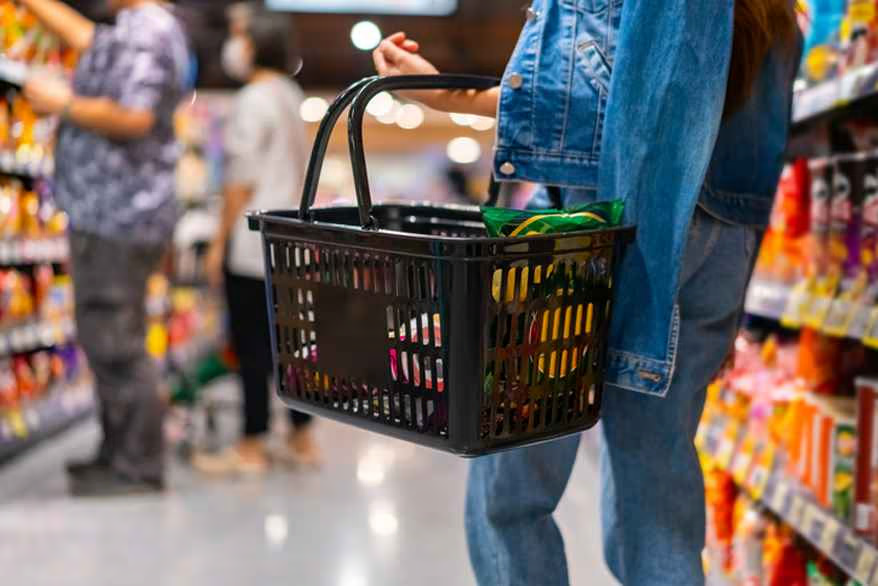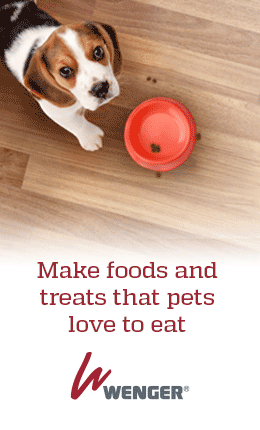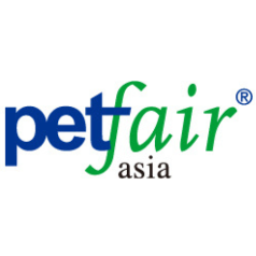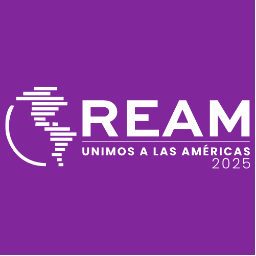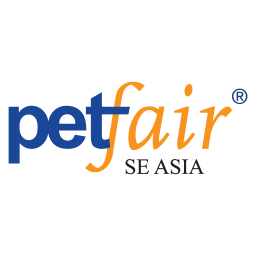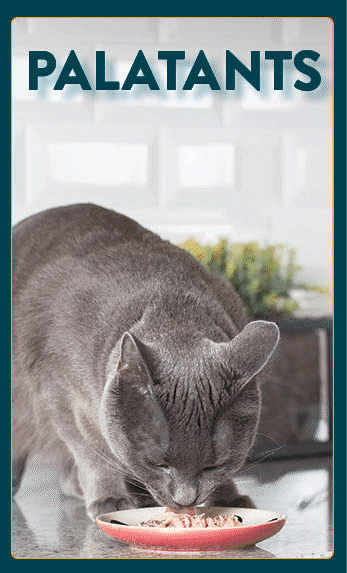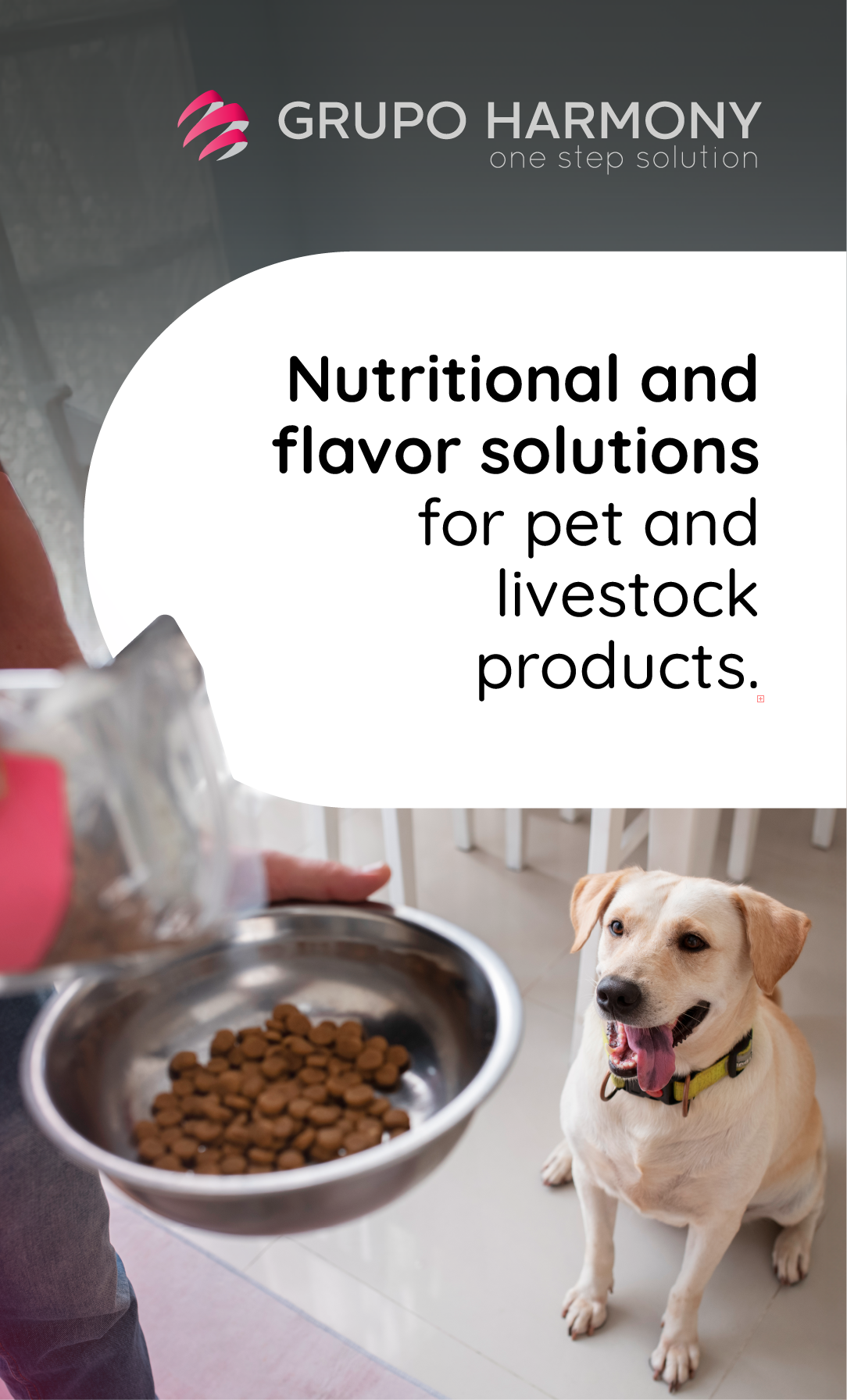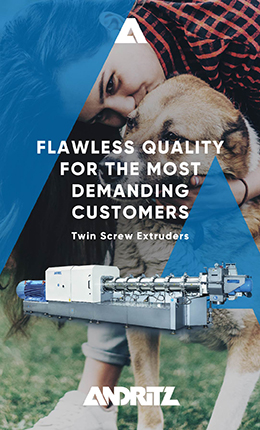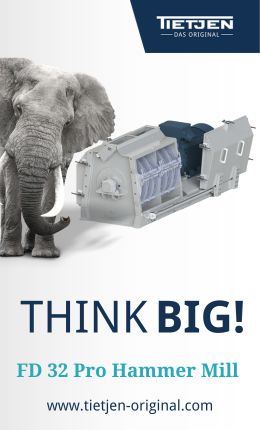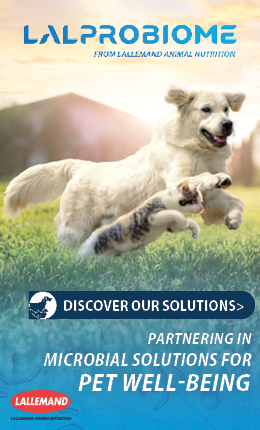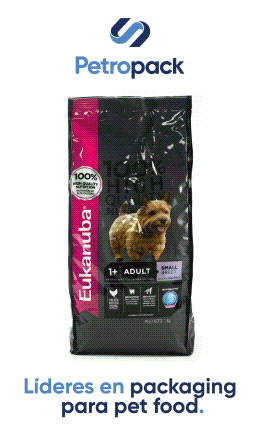Among the most relevant questions are, what is the net effect of current pet food inflation on manufacturers' profits? Are producers likely to benefit from price increases? And finally, are manufacturers made better off, or worse off by rising inflation?
It would be complex to generalize a single answer for all companies since the situation of each producer is different. Therefore, we must analyze each case using the following premises.
Raw material costs are the key
First, it is important to clarify that when consumer price increases originate from production cost pressures, the manufacturer only compensates for a reduction in profits.
In this sense, each manufacturer has a variable cost structure, different sources of supply of materials, and certain market power. With these three elements, we can know who loses and who can win with inflation.
Although it is true that each manufacturer has different costs, these do not vary significantly since the ingredients and raw materials are basic products subject to global prices. Small differences in each manufacturer's sourcing costs and market bargaining power are likely to make a difference to their short-term pricing strategies.
For example, raw materials represent 60% to 80% of a pet food producer's operating costs. The 20% gap represents how flexible a producer can be in an environment of rising production costs. In other words: while the producer depends less on raw materials, the more flexibility he has to play with his cost structure.
On the other hand, it is important to point out that various pet food manufacturers are self-sufficient in supplies since they are also the owners of the raw material. This represents an advantage over other producers who source elsewhere at market prices.
According to a Triplethree International report, under normal economic conditions, a profitability scenario for pet food manufacturers would be between 45% and 55% of gross profit, and between 30 and 40% of profit margin before interest, taxes, depreciation, and amortization (what is known in English as EBITDA, for its acronym in English).
These proportions are much higher than other consumption categories, for example, cattle feed, where profits are significantly lower. This explains why countless animal food producers enter the pet food business, as the profit margins are attractive.
Inflation is changing industry profits
The truth is that pet food and general inflation are reshaping the pet food industry's usual profits.
For example: let's say that, in a certain market, the inflation faced by pet food producers reaches 10% in the year 2022. In this sense, the usual profits will tend to fall in a greater proportion since other indirect expenses will also grow, a product of inflation. Therefore, the profitability scenario mentioned above, between 30% and 40% of gross profit, could be seriously diminished, forcing less efficient producers to withdraw from the market or at least to carry out cost reengineering strategies.
Finally, it is important to note that price adjustments in pet food are necessary to keep the business running, and more importantly, to maintain attractive profit margins for the industry and encourage investment in the sector.
Source: Triplethree International
You could be interested: Impulse Purchases Still Strong
Market Information
07/08/2025
The American Pet Products Association (APPA) Releases 2025 Dog & Cat Report, Revealing a New Era of Pet Ownership
29/07/2025




















